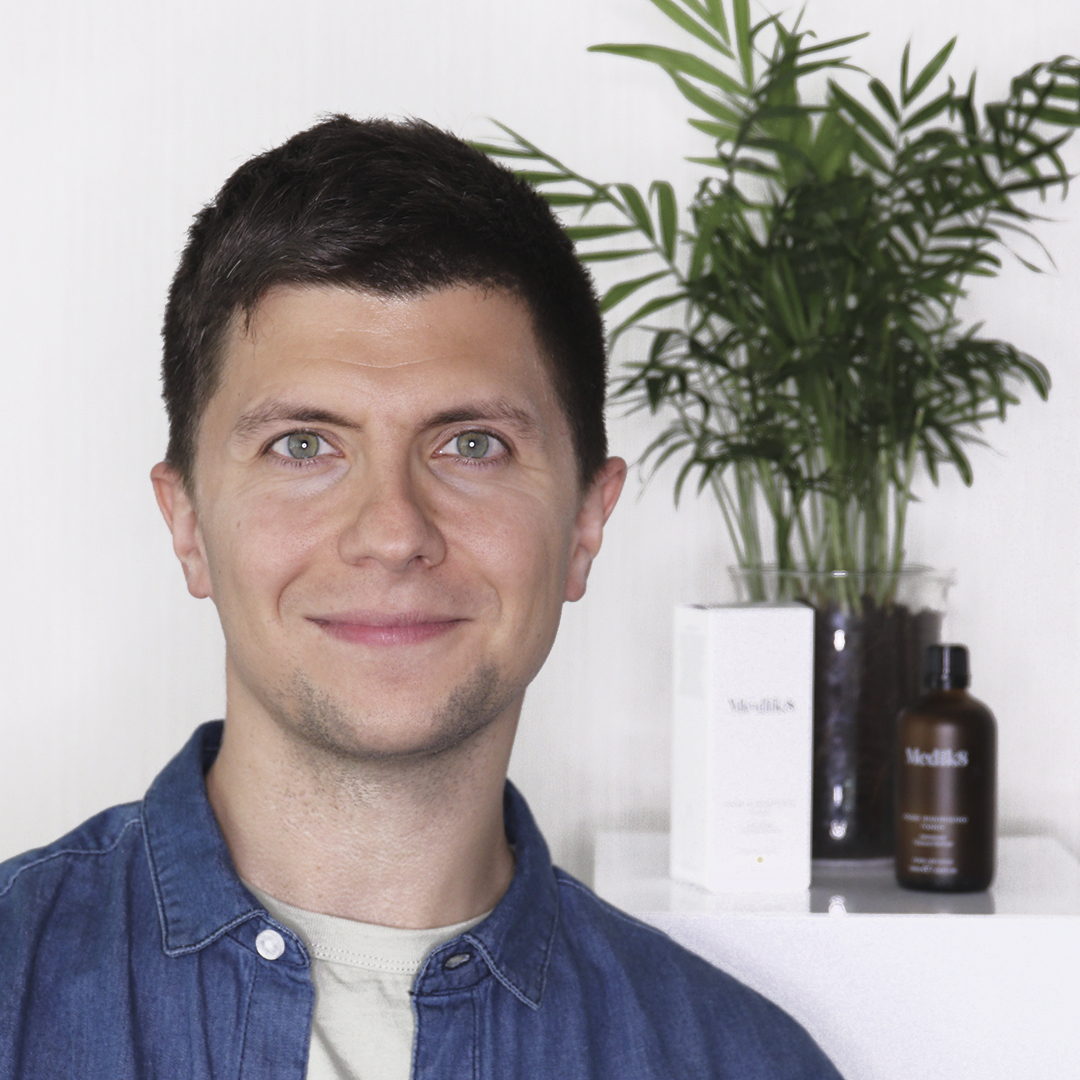How vitamin A works on acne-prone skin

My client has acne. Can vitamin A help calm the issue?
Vitamin A is the ideal tool for helping to tackle blemish-prone skin as it is able to normalise how cells renew themselves. This means it can stop your client’s pores from becoming clogged with shedding skin cells, which can lead to blemishes.
In my opinion, retinaldehyde is the best form of vitamin A for blemish-prone skin types. It’s the only form with direct antibacterial properties (as shown in the study The antibacterial activity of topical retinoids: the case of retinaldehyde, published in the journal Dermatology in 2002). This means retinaldehyde is able to limit the bacteria that causes blemishes, called P. acnes.
It’s best to introduce vitamin A into a skincare routine slowly. Start with a low concentration of retinaldehyde, the type used in products including Medik8’s Crystal Retinal, so as not to overwhelm the skin with high levels of vitamin A.
Once your client is comfortable on lower strengths, they can begin to up the concentration of retinaldehyde. For the first month of using the vitamin A, you should phase the product into a skincare routine. For the first two weeks, get them to use it twice a week in the evening, and for the second two weeks, use it every other evening.
After that, they can begin using it every night. This phase-in process helps to minimise any irritation that may be caused by introducing vitamin A too quickly into a skincare routine.
 Daniel Isaacs is director of research at Medik8. He has developed more than 90 formulations and is the inventor of two patents in skin brightening.
Daniel Isaacs is director of research at Medik8. He has developed more than 90 formulations and is the inventor of two patents in skin brightening.


